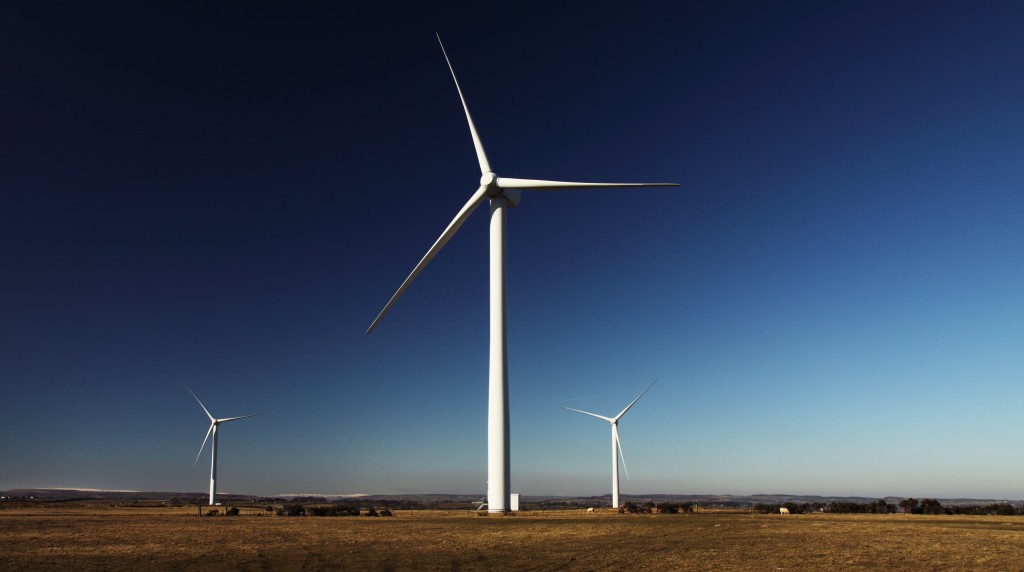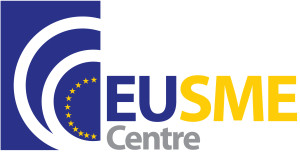China has emerged as the global leader in green technology within just a few years due to massive investments by the Chinese Government and state-owned enterprises (SOEs). Even though the last two years have been somewhat difficult for Chinese green tech companies, the market will remain the world’s largest for many years to come. The EU SME Centre explains that European small and medium-sized enterprises (SMEs) will be able to take part in China’s green revolution only if they can offer substantial advantages in terms of technology, know-how, performance or pricing.
Growth drivers
 China uses more energy and emits more greenhouse gases into the atmosphere than any other country in the world today. The country’s huge industrial sector, together with rapid urbanisation and development, creates a hunger for energy unsurpassed anywhere else. Faced with the task of balancing the need for perpetual economic growth with ever-dwindling reserves of fossil fuels, the Chinese Government is pushing hard for a gradual transition towards producing cleaner energy and more efficient energy consumption.
China uses more energy and emits more greenhouse gases into the atmosphere than any other country in the world today. The country’s huge industrial sector, together with rapid urbanisation and development, creates a hunger for energy unsurpassed anywhere else. Faced with the task of balancing the need for perpetual economic growth with ever-dwindling reserves of fossil fuels, the Chinese Government is pushing hard for a gradual transition towards producing cleaner energy and more efficient energy consumption.
| China’s energy mix (GW installed capacity) | |||||||
| Total | Coal power | Hydropower | Wind power | Nuclear power | Other (incl. biomass) | Solar power | |
| 2010 | 955.2 | 702 | 200 | 42 | 10 | 0.6 | 0.6 |
| 2015 | 1443 | 933 | 325 | 100 | 43 | 40 | 2 |
| 2020 | 1883 | 1160 | 390 | 180 | 90 | 43 | 20 |
Source: EU SME Centre report The green tech market in China, page 8
The 12th Five-Year Plan (12th FYP) outlines investment priorities for the next five years. It clearly defines energy issues as one of the key areas for government policies. The plan mentions seven strategic areas which are to receive investment of up to EUR 1.1 trillion: alternative fuel cars, biotechnology, energy-saving and environmentally friendly technologies, alternative energy, high-end manufacturing and advanced materials, and new generation information technology. New energy and energy-saving technologies are said to receive more than 50 per cent of the planned investment.
| Investment (targets) in low-carbon technologies during the 12th Five-Year Plan | |
| Sector | Investment |
| New energy | RMB 5 trillion (EUR 606.5 billion, by 2020) |
| Energy saving | RMB 4.5 trillion (EUR 545.9 billion) |
| Environmental protection | RMB 3 trillion (EUR 363.9 billion) |
| Alternative vehicles | RMB 100 billion (EUR 12.13 billion) |
| Power | RMB 5.3 trillion (EUR 642.9 billion) |
Source: EU SME Centre report The green tech market in China, p. 4
Opportunities for European SMEs
Progress on the ground has been impressive so far but much more remains to be done if China wants to meet its ambitious targets. By next year, the Chinese green tech market is expected to reach a minimum of EUR 364 billion, with some estimates as high as EUR 728 billion.
For European SMEs the main market opportunities will be found in areas where large SOEs or multinationals have not yet invested and where they can leverage their know-how and technologies, such as alternative energies, China’s new smart power grid and wastewater treatment.
While generation of wind, solar and hydropower is well-developed in China, with some companies even struggling with over capacity during 2011 and beyond, some sub-sectors, especially alternative energies like biogas, remain underdeveloped. It should be noted, though, that as soon as the central government establishes adequate subsidies and publishes regulations to support the development of the industry Chinese companies, who have not focused on this sector up until now, will start entering the market fast and in large numbers.
Both energy efficiency targets and usage of renewable energy require a stronger and more advanced electric power grid. Thus, China began the construction phase of its 2009-2020 Strong and Smart Grid Plan in 2011, the world’s largest effort to build a reliable, efficient and smart power grid. The State Grid, China’s largest electricity supplier, plans to invest RMB 3.45 trillion (EUR 422.5 billion) in infrastructure upgrades by 2020, which includes RMB 384 billion (EUR 47 billion) on smart grid and more than RMB 300 billion (EUR 36.7 billion) on ultra-high voltage (UHV) transmission. China Southern Power, State Grid’s only competitor, is likely to follow suit.
Another promising growth area for European SMEs is wastewater treatment. China is facing severe water shortages and pollution in its water system. The number of municipal wastewater plants has more than tripled in recent years, from 792 in 2005 to 3,000 in 2011. The massive south-to-north diversion project has been initiated and desalination projects are planned in many urban areas. Between 2010 and 2020, RMB 4 trillion (EUR 490 billion) will be invested in water infrastructure improvements.
Thus, even though the market is dominated by domestic companies, experts at the EU SME Centre in Beijing expect that highly specialised European SMEs offering higher quality and technology standards and aiming for higher service or product markets will be able to benefit from ongoing large-scale investment schemes in China’s green tech sector.
Market challenges
The vast size of the Chinese green tech market does not necessarily translate directly into opportunities for European SMEs. Missing or insufficient regulations and investment incentives, the importance of strong relationships with local governments and SOEs and the increasing competition by Chinese companies are amongst the main factors inhibiting more extensive involvement by non-Chinese companies.
| Case study: White Pavilion |
| Belgian engineering company White Pavilion set up shop in China in 2010 hoping to capitalise on strong possibilities in the green building sector in the next 10 to 15 years especially in engineering, consultancy and energy expertise. “China was a natural choice for growth, as alternative energy sources in buildings are still in its infancy and building activity is just enormous,” says Managing Director Raf Vermeire. The company’s core business is designing solutions for geothermal, solar, wind and biogas installations as alternative energy sources in buildings and urban areas.According to Vermeire, China is actively working towards “best practices” since the adoption of the latest Five-Year Plan, which creates opportunities for providers of the best technologies available. Central government commitment translates into more pressure on all government levels in China to come up with policies that support the new goals.To develop the private market further, Vermeire has identified five key points: 1) All market participants need to be educated on the benefits of green building, which is very time consuming; 2) Small companies can benefit from the creation of networks with complementary companies, enabling them to share contacts in industry and government; 3) More and more local governments tend to “buy Chinese”, so reliance on the good reputation of European products has to be supported with real results; 4) Financing is a huge bottleneck for the green-building sector due to the lack of investment funds; and 5) Finding and retaining the right staff with adequate skills.To read the whole case study, click here. |
The EU SME Centre is a project funded by the European Union. The report on the green tech market in China, on which this article is based, along with more reports, case studies and guidelines can be downloaded for free on the website of the EU SME Centre.



Recent Comments